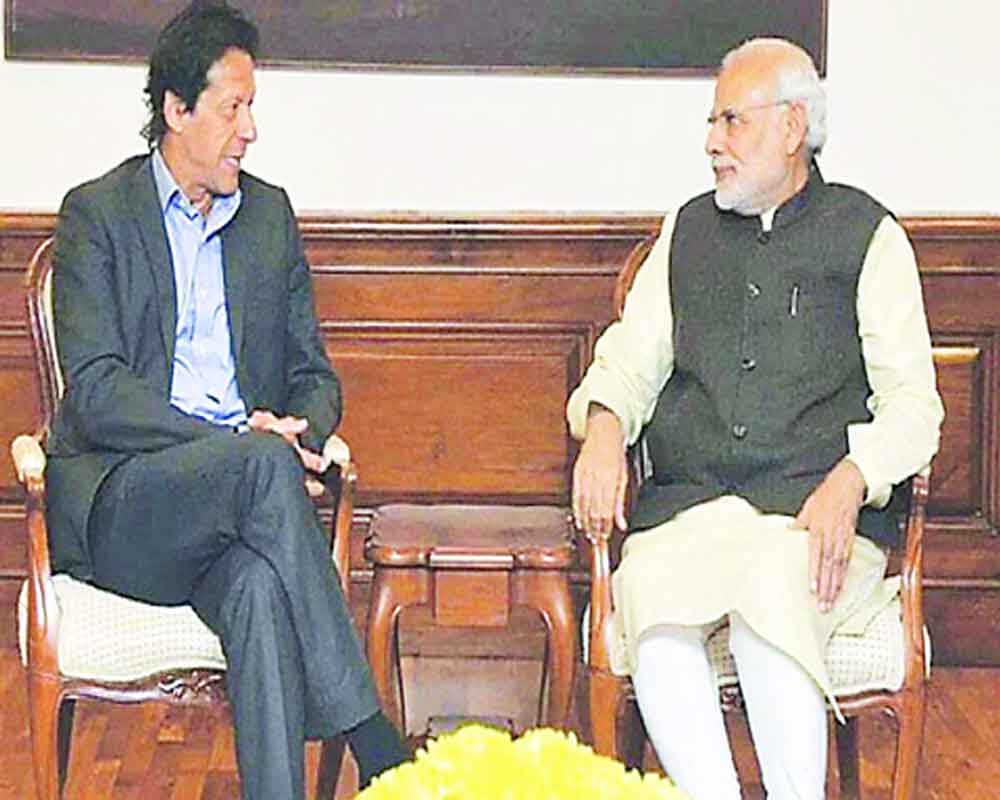Foreign policy must evolve to meet economic clouts
Imran Khan, the ousted Prime Minister of Pakistan, recently praised India’s autonomous foreign policy in a political meeting. He complimented India for choosing a path of calibrated diplomacy in the aftermath of the ongoing war in Ukraine. While Khan’s praise may not be the most sought after accolade for India’s foreign policy strategy, it does reflect the directional shift in our external relations, in the nearly 75 years of being an independent democratic republic.
India’s foreign policy stance in the last 75 years has been a matter of careful choices made as result of its colonial past and a cold war era world order cleaved in the middle. India in 1947 was an infant republic, which had almost overnight chosen the path of democracy to govern one of the largest, diverse crowds of citizens around the globe. It meant, laying the foundations of democracy first, thereby bringing in political empowerment, before economic prosperity.
The founding architects of the Indian republic also had socialist bent of mind and believed in the idea of a welfare state. That meant the state would be the biggest job creator and would be present in every domain of public life. This inward focus of the state meant India’s foreign policy remained an ambiguous bunch of principles, better left for the most seasoned bureaucrats and statesmen to tackle.
Jawaharlal Nehru was the longest serving external affairs minister of India, besides being a Prime Minister. All his successors in the next 50 years were in the hot seat of managing external relations for less than four years.
However, this changed in 2014 when the Narendra Modi-led BJP government came to power and an articulate Sushma Swaraj occupied the seat for five years. The change and the willingness to showcase India’s diplomatic prowess had started somewhere in the early 2000, when India realised it must have an independent foreign policy.
The 1960s hangover of the nonaligned era, which was the underlying template for India’s foreign policy, was slowly beginning to wane. India had chosen nonalignment along with a few other like minded countries as the stated strategy to engage with the external world, which had been split between the US and the USSR blocs.
The neutral stance underscored India’s bilateral, and plurilateral engagements on the global stage. It also meant India never tried to engage with its global counterparts beyond a couple of issues (such as Kashmir and relations with its neighbour Pakistan).
India and China had a bitter military faceoff in the 1960s, but it didn’t leave a lasting dent in the bilateral relations beyond the decade. In fact, many subsequent leaders since the first faceoff, tried to bunch India China as two Asian powers which could be a formidable force for the rest of the world. An aggressive
China gobbling up islands in the Indian Ocean Region, coercing smaller nations into binding aid for development of infrastructure (Belt and Road Initiative), the growing distance between China and the US and finally the military faceoff between China and India in 2020 in Galwan ensured India’s foreign policy architecture has a permanent China docket.
India in 2022 is a nearly $3 trillion economy and making steady progress towards being the third largest economy in the world by 2030. This economic power means a vociferous say in global affairs and an assured seat on multilateral high tables. India in the 75th year of its Independence has to keep realigning its foreign policy to match the changed status.
(The author is a foreign affairs commentator.)


























